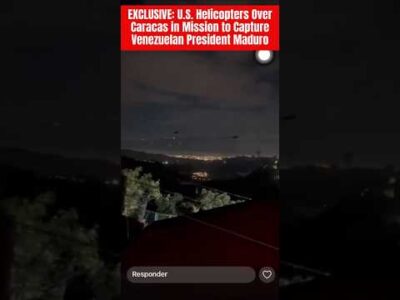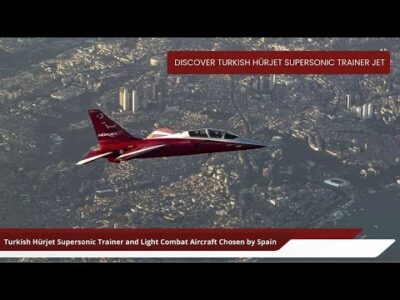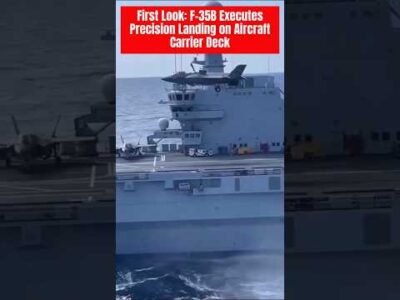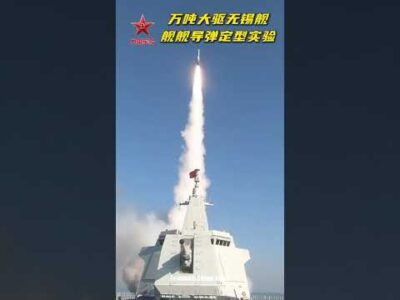Lockheed Martin has won a two-year, $12.3M contract to help the Defense Advanced Research Projects Agency (DARPA) build and demonstrate an extra-large unmanned underwater vehicle, U.S. Ministry of Defence announced the contract on 21st February.
DARPA will obligate $1.15M in research and development funds for the Manta Ray program at the time of award, the Department of Defense said Friday (21st February.
Work will be performed in Cherry Hill, New Jersey (30%); West Palm Beach, Florida (52%); Hauppauge, New York (3%); Nikayuna, New York (2%); Sommerville, Massachusetts (2%); Cambridge, Massachusetts (1%); Honolulu, Hawaii (2%); Albuquerque, New Mexico (1.5%); Melbourne, Florida (1%); Thousand Oaks, California (4%); Seattle, Washington (.5%); and Golden, Colorado (1 %), with an estimated completion date of January 2021.
DoD expects contract work to be completed in January 2021.
The agency seeks technologies to support a new class of UUVs it envisions operating independently once deployed at sea.
The multiphase program looks to explore novel energy management approaches, undersea propulsion systems, underwater hazard detection and classification, mission management techniques, maritime data exploitation and methods to address degradation of material in such platform.
DARPA Manta Ray UUV Program:
Manta Ray is a multi-phase effort that includes at-sea demonstration of critical technologies. The program is using a disciplined systems engineering approach to define demonstration system objectives and identify enabling technologies needed for future systems.
The Manta Ray program seeks to demonstrate critical technologies for a new class of long duration, long range, payload-capable UUVs. If successful, this new class of UUV will give the combatant commander an amplification of capacity without disrupting current operations by remaining independent of manned vessels and ports once deployed.
The Manta Ray program plans to advance key technologies that will benefit future UUV designs, including, but not limited to:
– Novel energy management techniques for UUV operations and undersea energy harvesting techniques at operationally relevant depths;
– Low-power, high efficiency undersea propulsion systems;
– New low-power means of underwater detection and classification of hazards or counter detection threats;
– Mission management approaches for extended durations while accounting for dynamic maritime environments;
– Unique approaches for leveraging existing maritime data sets and exploiting novel maritime parameters for high-efficiency navigation and/or C3; and
– New approaches to mitigate biofouling, corrosion, and other material degradation for long duration missions.
















Comments